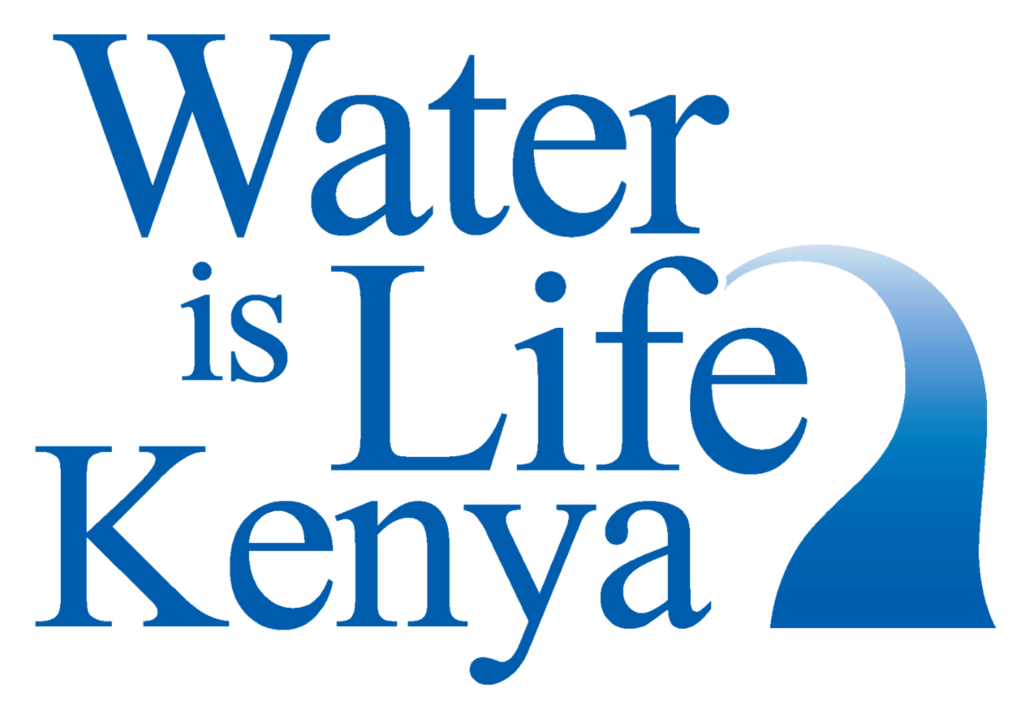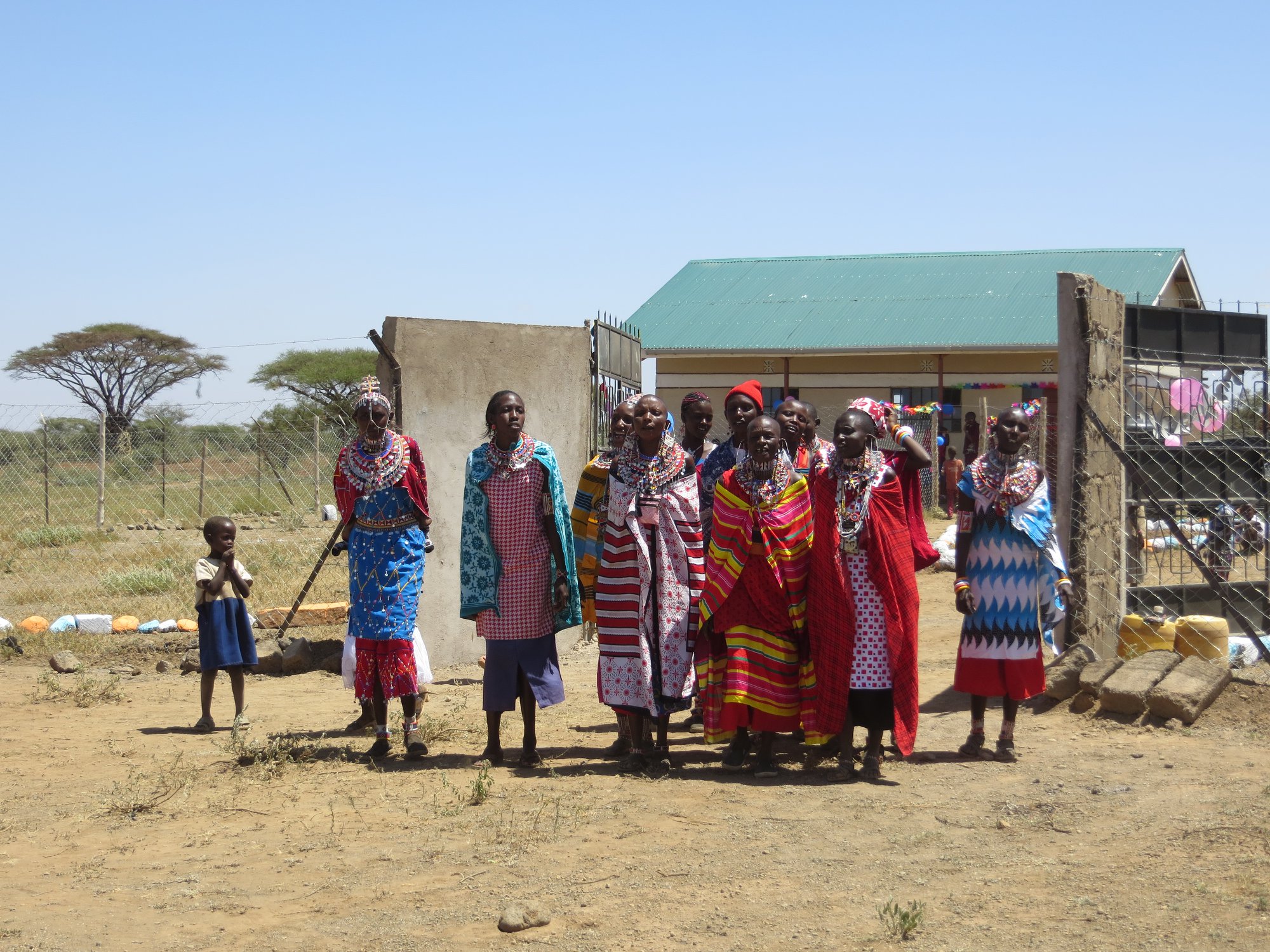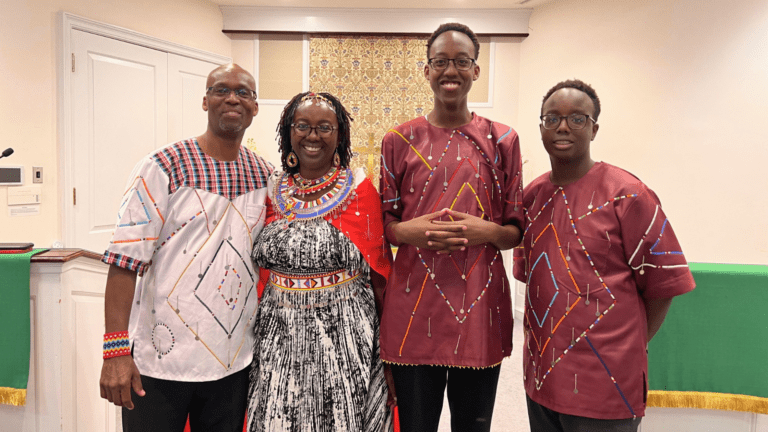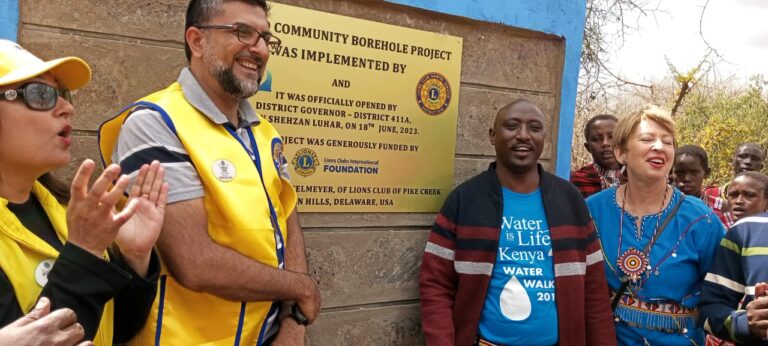Less than half of all well building projects in Africa succeed over time. That’s because drilling the well is the “easy” part. After the borehole is made, the hard work begins as the community needs to manage and maintain it year-in and year-out.
Water is Life Kenya’s (WILK) water projects have success rates over 75% because we make an ongoing commitment to their success.
Our Process
Before we initiate a project, we help establish a water management committee made up of community volunteers. Some may be natural leaders and others are simply willing to pitch in.
We bring all the committee members together annually for three days of training and skill-building. We help them gain knowledge in the finances of borehole management, including setting and collecting water tariffs, how to maintain the machinery and the physical structures like pipelines, tanks and troughs, and how to establish the rules of operation.
There is a crucial need to manage the day-to-day operation, but also plan for the future. For example, a borehole starts operating and the committee thinks about how much money they will need every month for running costs, which include fuel, paying the operator. Of course, breakdowns happen and equipment eventually needs to be replaced.
Having savings for future expenses was one of the big take-aways of the training. From the questionnaires that we gave at the end of the training we learned that attendees’ eyes were opened on the need to put money aside.
Ensuring Long-Term Success
I just participated in WILK’s annual water committee management training and the method we used to share this knowledge is worth mentioning. First, we taught a lesson in operation and maintenance. Then we broke them up into groups – chairman, treasurer, secretary, regular committee member and the borehole operator from each borehole – and played the “Fix your Borehole” game. Each group drew 3 cards.
On the first card was the mechanical problem and the cost to fix it (for example – generator is on, but no water is pumping for $1000), on the second card was how much money they have on hand from their tariff collection (e.g. $200), and the third card stated where the technical help will be coming from (e.g. Nairobi, or some nearer place). They drew one of each and from this scenario they had to come up with the way to solve their problem.
They learned that repairing their vital water supply when it’s broken really slows down when they don’t have money on hand. They have to call emergency meeting of the water users to request a contribution from them. The situation can be very stressful and, meanwhile, there is no water. All groups realized from the exercise how much easier it is to simply have emergency money put aside to pay for these inevitable breakdowns that come with all machines.
In the words of Daniel Kanchori, senior chief, Amboseli, and Namelok borehole committee member, “the training really expanded my leadership skills.”
Continuous Improvement
We like to get feedback from those who attend our training sessions so we asked the participants to complete a questionnaire including recommendations to make the training more effective. We had many requests to add additional days to the training and to have them twice a year and to bring the lessons to the entire community. For me, three days of hearing leaders talk about the challenges they face revealed some areas that need attention, like encouraging regular meetings of the committees with their members to build trust and team spirit, instead of meeting only when emergencies occur.
Conducting training that stimulates crucial learning and teaches important skills has been key to WILK’s success in Kenya. Our commitment to education and sustainability is helping the Massai people thrive. Thank you for your support; our important work would is made possible by the friends of WILK!






Pingback: Remarkable Kenyan Women, Past and Present | Water is Life Kenya
Pingback: Nooriro's Borehole Opening Ceremony
Pingback: How Much Do Water Wells Cost? | Water is Life Kenya